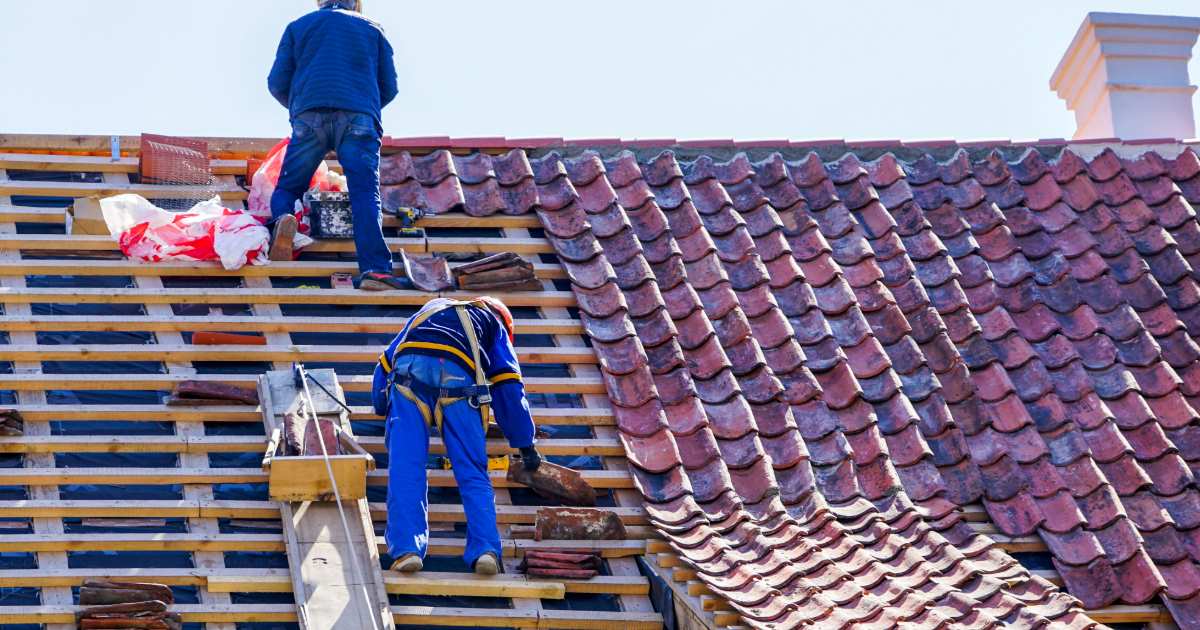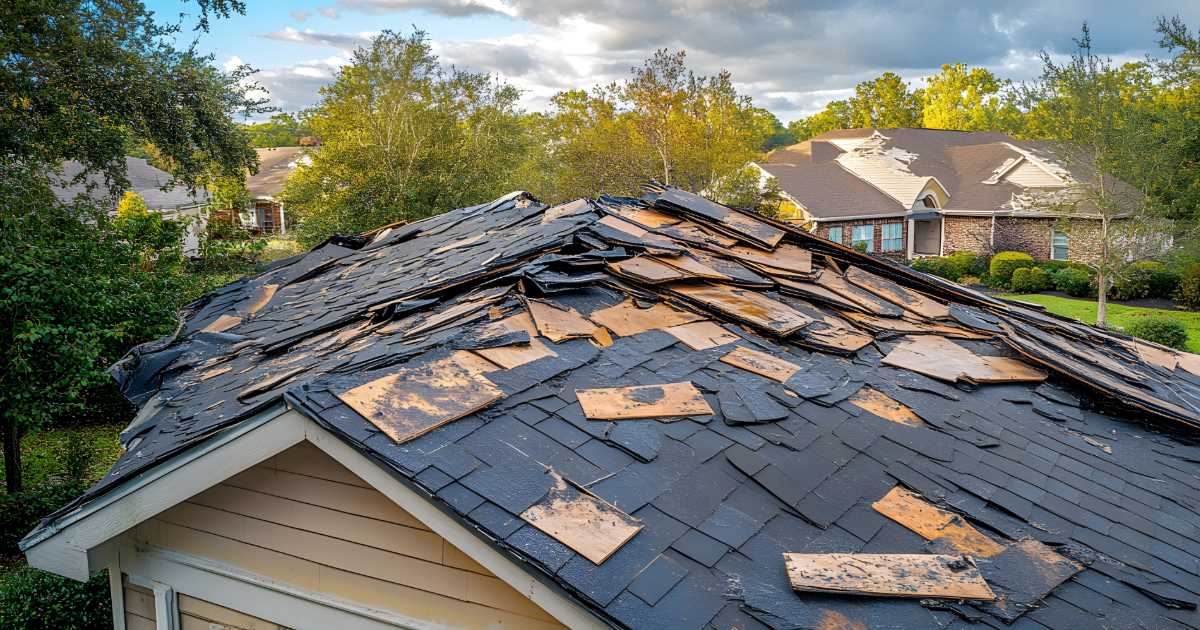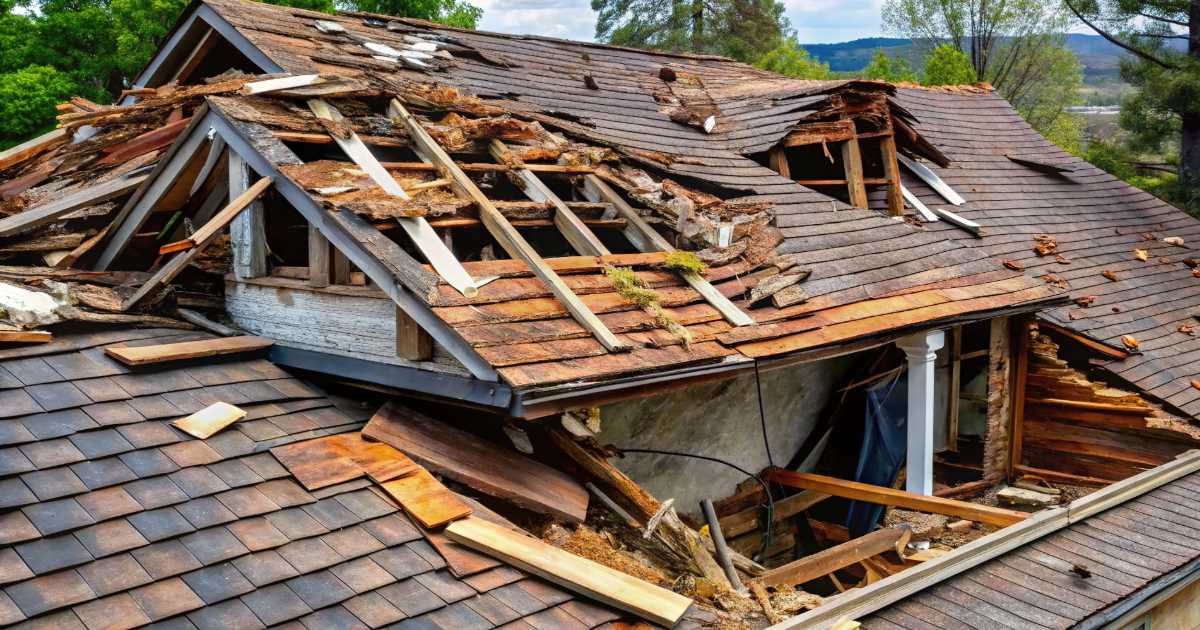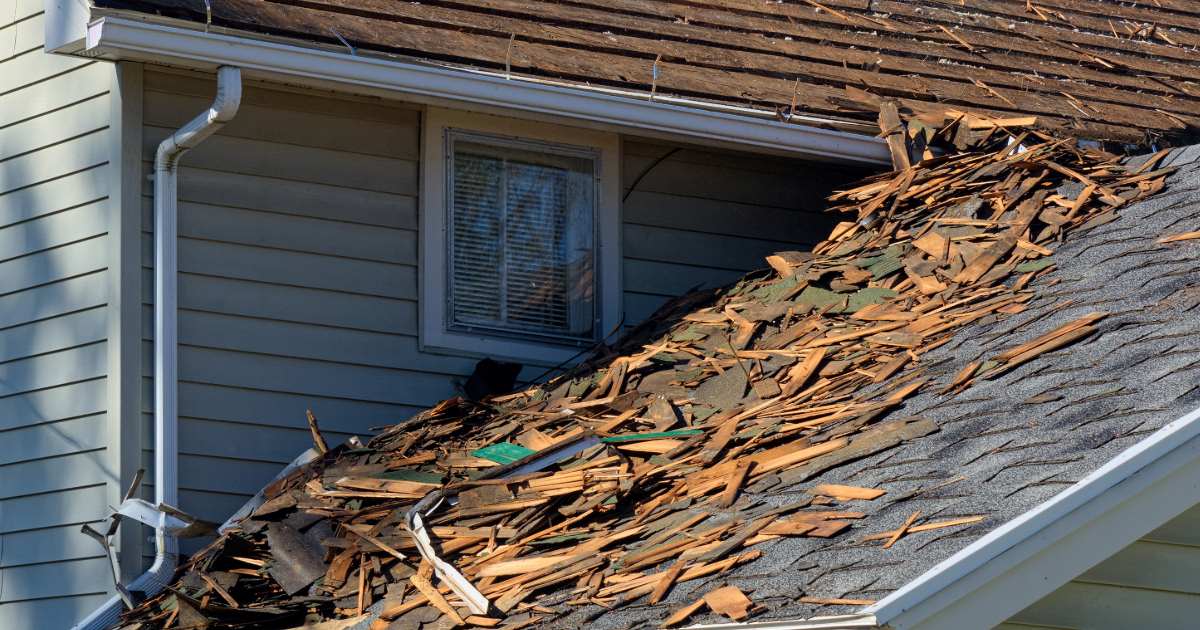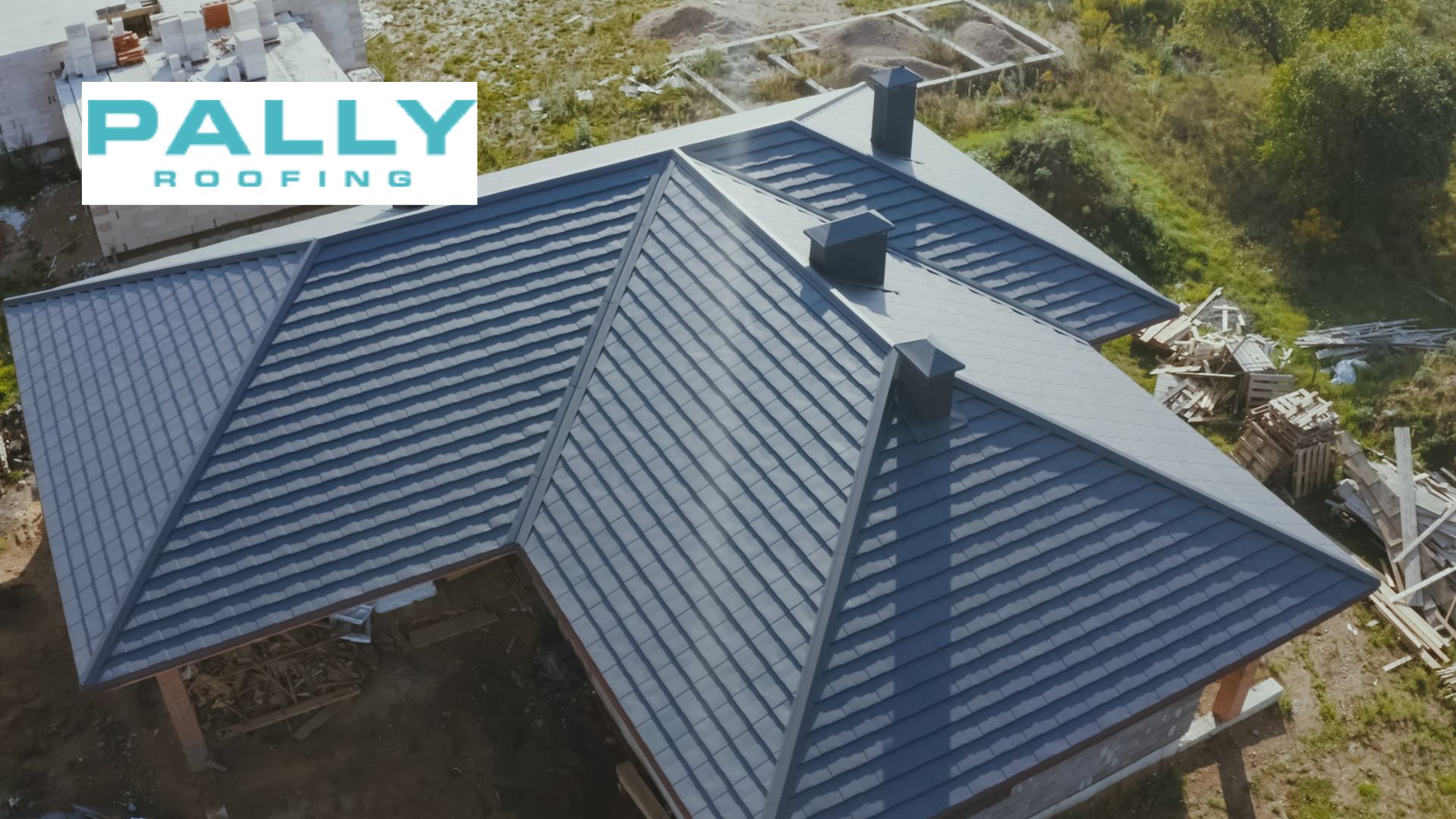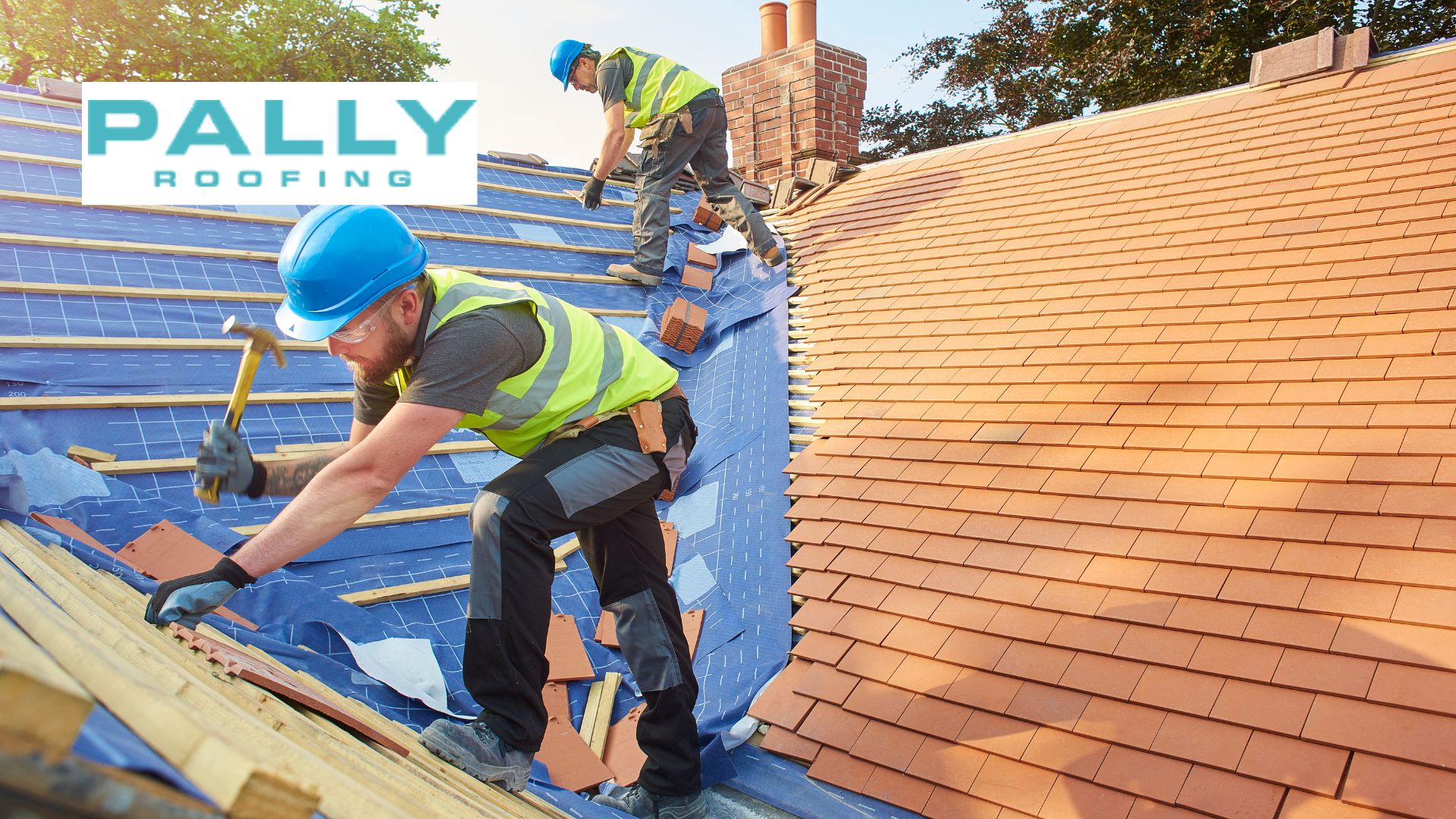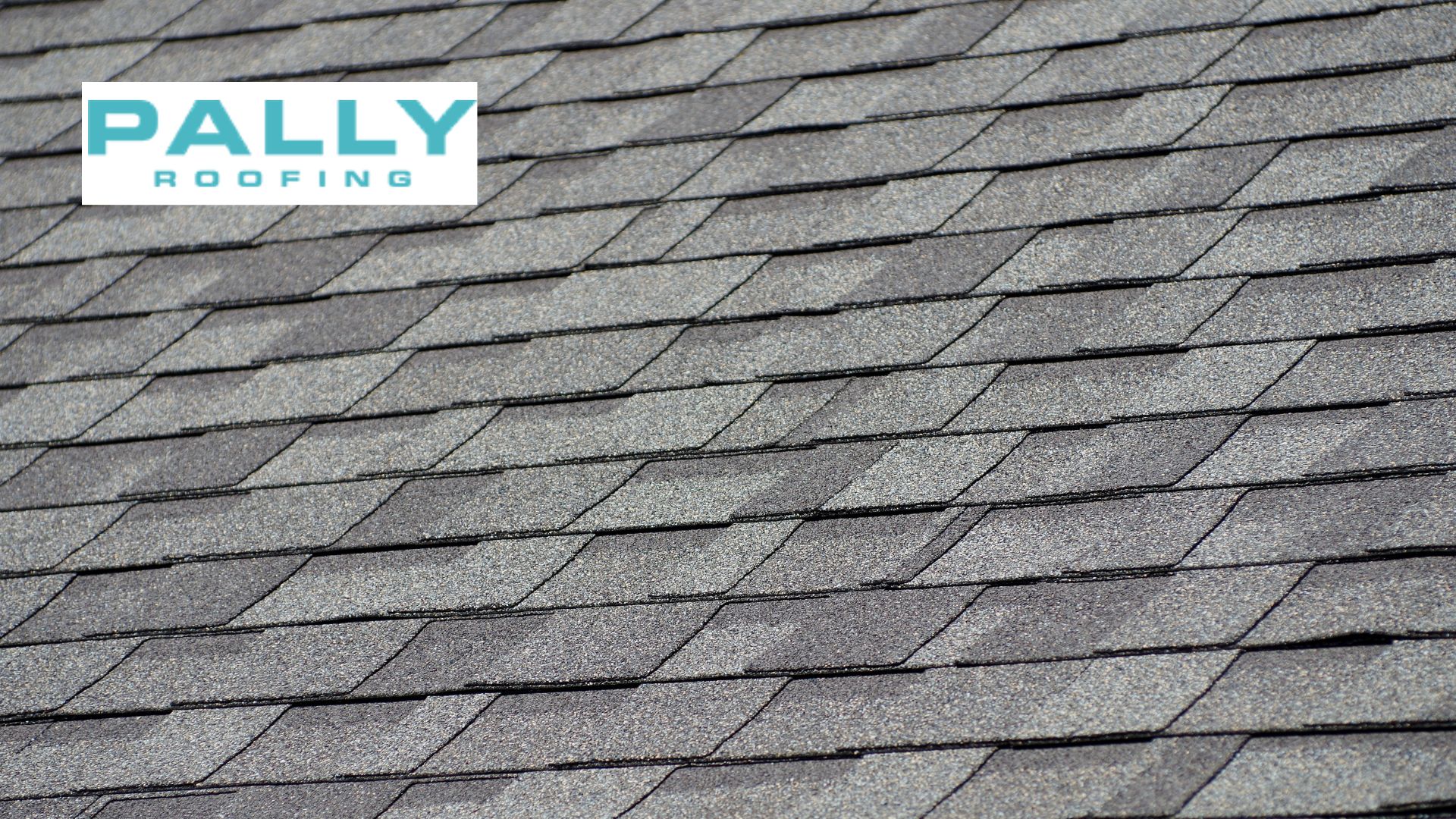Last updated on September 25th, 2024 at 07:01 pm
Roof replacement is a significant investment for both homeowners and commercial property owners. Over time, roofs are subjected to considerable wear and tear from weather conditions, aging materials, and potential structural damage. Regular maintenance and, when necessary, timely roof replacement can help safeguard the integrity of your building, prevent leaks, and enhance energy efficiency.
Table of Contents
However, the key to achieving long-lasting results and value for your money lies in selecting the right roofing material and contractor.
Choosing a contractor with expertise in roofing solutions is critical to making an informed decision. Pally Roofing, a trusted Ohio-based company, offers top-quality services, including Full Roof Replacements with materials such as asphalt and metal. Our team of professionals is skilled in delivering durable roofing solutions tailored to different needs.
In addition to roof replacements, Pally Roofing provides gutter installation and repairs. We ensures that your entire roofing system functions optimally to protect your property from water damage and other potential hazards.
While Pally Roofing is an industry leader in Ohio, the insights shared in this article apply to roof replacements across the entire USA.
What is Roof Replacement?
Roof replacement is the process of completely removing an existing roof and installing a new one. This involves stripping away old shingles or roofing materials, inspecting and repairing any damage to the underlying structure, and installing new materials such as shingles, metal panels, or tiles.
The process is typically recommended when the existing roof has reached the end of its lifespan or when damage is too severe to be fixed with simple repairs.
It’s important to differentiate between roof repair and roof replacement. Roof repairs address specific, localized problems like leaks, damaged shingles, or minor structural issues. When the damage is isolated and not widespread, repairs are ideal for extending the life of a roof.
However, roof replacement is the more appropriate option when a roof shows extensive wear and tear, such as widespread leaks, sagging, or materials beyond their useful life. Roof replacement ensures long-term protection and improves the property’s energy efficiency and aesthetic appeal.
Knowing when to opt for replacement over repairs can save property owners time, money, and future headaches.
Signs You Need a Roof Replacement
Knowing when your roof needs to be replaced can prevent severe damage and costly repairs. Here are some common signs that indicate it’s time for a roof replacement:
- Roof Age: Most roofs, particularly those made with asphalt shingles, have 20 to 25 years of lifespan. If your roof is nearing or exceeding this age, it’s likely time for a replacement, especially if it hasn’t undergone regular maintenance.
- Frequent Leaks or Water Damage: Persistent leaks, water stains on ceilings or walls, or visible water damage in your attic are strong indicators that your roof can no longer protect your home from the elements. When leaks become recurring, patching them may not be enough, and a complete roof replacement may be necessary.
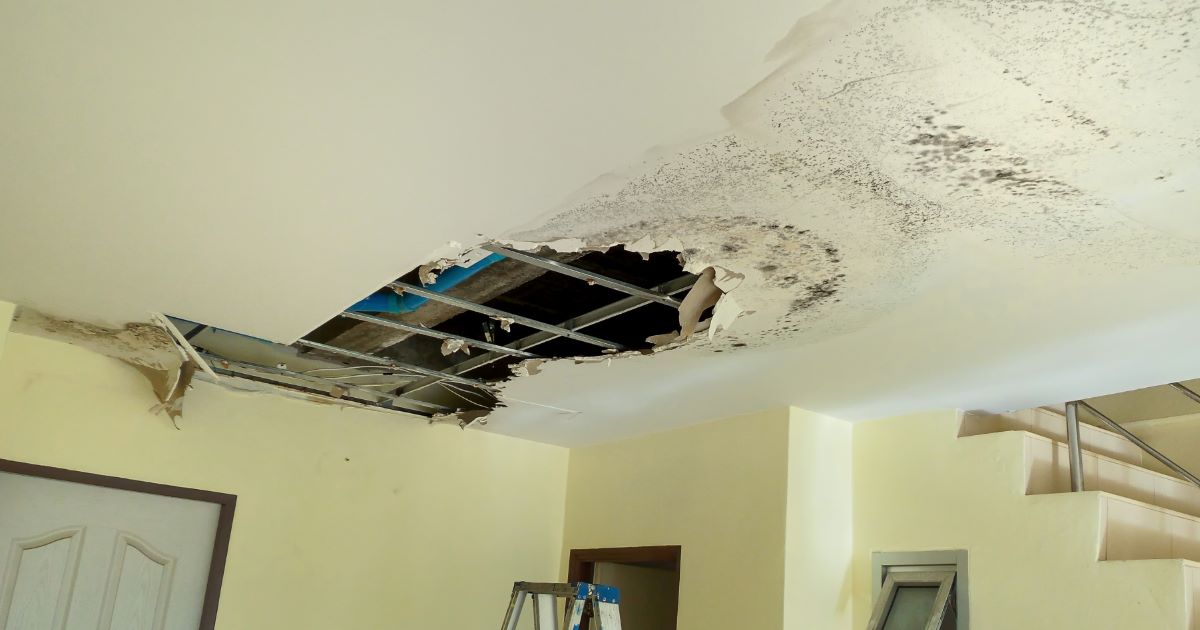
- Cracked, Missing, or Curling Shingles: Shingles that are broken, curling, or completely missing leave your roof vulnerable to weather damage. These signs often indicate that the roofing material is deteriorating and can no longer shield your home effectively.

- Sagging Roof or Damaged Flashing: A sagging roof is a sign of structural damage that should never be ignored. It may indicate underlying issues with the decking or supports beneath the roof. Damaged flashing around chimneys, vents, and skylights can also lead to leaks and is often a sign of aging materials that need replacement.

- Visible Wear and Tear: If you notice extensive granule loss from asphalt shingles, discoloration, or rotting wood, these are signs that the roof’s protective barrier is failing, and it may need to be replaced.

Region-Specific Challenges
Different regions in the USA face unique weather challenges that can accelerate roof damage. For example:
- Heavy Snow: In areas with harsh winters, heavy snowfall can lead to ice dams, which can cause leaks and structural stress on the roof. Over time, this can shorten a roof’s lifespan and make replacement necessary sooner.
- Hurricanes and High Winds: Coastal regions prone to hurricanes and storms experience extreme wind forces that can strip shingles and damage flashing. A roof subjected to frequent storms may need replacing more often than in calmer regions.
- Extreme Heat: In desert or sun-intense regions, roofs are subjected to constant UV exposure and extreme temperature fluctuations. This can cause asphalt to dry out and crack, necessitating more frequent replacements.
Awareness of general and region-specific signs of damage can help homeowners and commercial property owners stay proactive about roof replacement, protecting their property and investment in the long term.
Roofing Materials for Replacement
When replacing a roof, choosing a suitable material is crucial for balancing durability, aesthetics, and cost. Here’s a comparison of popular roofing materials:
- Asphalt Shingles: The most common roofing material, asphalt shingles are cost-effective and available in various styles and colors. They typically last 20–30 years, but their durability can vary by region. Asphalt is affordable but has a higher environmental impact due to petroleum-based production.
- Metal Roofing: Known for its durability and energy efficiency, it can last 50 years or more. It reflects sunlight, reduces cooling costs, and is often made from recyclable materials. While initially more expensive than asphalt, metal roofing offers long-term savings due to its lifespan.
- Slate Roofing: Extremely durable and with a premium, natural stone appearance, slate can last 75–100 years. It’s one of the most expensive materials, but its longevity makes it a worthwhile investment. Slate is also environmentally friendly as it’s a natural, recyclable material.
- Tile Roofing: Ideal for warmer climates, clay or concrete tiles are long-lasting (50+ years) and energy-efficient, as they reflect heat. However, they are heavy and may require reinforced roof structures, adding to the cost.
- Wood/Cedar Shake: Cedar shake offers a traditional, rustic look but requires more maintenance to prevent rot and insect damage. It has a moderate lifespan of 20–40 years, and while natural, it isn’t as eco-friendly without proper sourcing and treatments.
Trends in Roofing Materials
Many homeowners are turning to eco-friendly and energy-efficient roofing options. Cool roofs reflect more sunlight and absorb less heat, reducing cooling costs. Solar panel roofs are becoming increasingly popular for their energy production capabilities. Additionally, materials from recycled products, like metal or rubber, offer a sustainable option for environmentally-conscious homeowners.
By understanding the benefits and limitations of each material, property owners can make informed decisions about their roof replacement, balancing aesthetics, durability, and sustainability.
Cost of Roof Replacement
The roof replacement cost varies widely depending on the material and geographic location. Here’s an average cost range for common roofing materials:
- Asphalt Shingles: $5,000 – $10,000
- Metal Roof: $10,000 – $25,000
- Slate Roof: $20,000 – $50,000
- Tile Roof: $15,000 – $30,000
Factors Influencing Costs
- Roof Size and Complexity: Larger roofs or those with complex designs (e.g., multiple slopes or chimneys) require more materials and labor, driving up costs.
- Labor Costs by Region: Labor rates vary across regions, with urban or high-demand areas typically having higher rates. For example, labor may cost more in states with a higher cost of living.
- Material Choice: The cost of materials can vary significantly based on type (asphalt vs. slate) and availability. Premium or imported materials often carry higher price tags.
- Additional Factors: Costs may include permits, disposal of old roofing materials, and potential roof deck or insulation repairs.
By considering these factors, homeowners can better anticipate the overall cost of their roof replacement project.
Steps in the Roof Replacement Process
A typical roof replacement follows these key steps:
- Roof Inspection: A thorough inspection identifies damage and helps determine if a repair or total replacement is needed. Contractors assess the roof’s age, condition, and any structural issues.
- Planning: Homeowners work with contractors to select materials, evaluate costs, and secure necessary permits. Budget, climate, and aesthetics are important considerations in this phase.
- Material Selection: Based on your preferences and roof requirements, the contractor helps choose asphalt shingles, metal, slate, or tile that align with the budget and local climate.
- Installation Process: The old roof is removed, and professionals install the new material. The process includes laying underlayment, adding new shingles or tiles, and addressing elements like gutters and flashing.
- Post-Installation Inspection: Once the roof is installed, a final inspection ensures that it meets quality standards and local building codes, guaranteeing its durability.
What to Expect from a Contractor
Expect clear communication about timelines, materials, and costs during roof replacement. A professional contractor should handle permits, maintain safety standards, and provide regular updates on progress. Post-installation, they should offer warranties and schedule a follow-up inspection to ensure everything was done correctly.
Choosing the Right Roofing Contractor
Selecting the right roofing contractor is crucial for a successful roof replacement. Here are vital factors to consider:
- Certifications, Licenses, and Insurance: Ensure the contractor is appropriately licensed and insured to protect you and your workers. Certifications from manufacturers (like GAF or Owens Corning) indicate expertise in installing specific roofing materials.
- Warranties: Look for contractors who offer warranties on both materials and artistry. This guarantees quality and provides peace of mind if future issues arise.
- Experience and Reviews: Choose contractors with years of experience and positive reviews from past customers. Testimonials and portfolios can provide insights into their reliability and artistry.
Benefits of Working with Local Contractors
Working with local contractors, like Pally Roofing, offers advantages such as familiarity with local building codes and climate-specific challenges. In Ohio, for example, Pally Roofing understands the impacts of seasonal weather and can offer tailored solutions to handle snow, ice, and storms.
Tips for Vetting Contractors Nationally
When vetting contractors in other regions, always check references, online reviews, and credentials. Verify certifications through manufacturers and ensure the contractor complies with local regulations and safety standards. A thorough vetting process ensures you’re hiring a reliable professional for your roof replacement project.
Roofing Codes and Regulations Across the USA
Adhering to roofing codes and regulations is crucial for ensuring safety, durability, and compliance with local laws. These codes can vary significantly across states and municipalities, reflecting each region’s unique environmental challenges.
For example:
- Hurricane-Prone Areas: States like Florida enforce strict building codes requiring roofs to withstand high winds. This may involve specific materials and installation techniques designed to prevent wind damage.
- Heavy Snow Regions: In areas like the Northeast, building codes often mandate roof designs that can support heavy snow loads, requiring materials and structural reinforcements that prevent roof collapse.
- Wildfire Zones: In places like California, regulations focus on using fire-resistant materials and installation methods to mitigate the risk of roof fires.
Pally Roofing has extensive experience navigating Ohio’s regulations, ensuring all roofing projects comply with local codes. This expertise helps avoid potential fines and complications and guarantees that roofs are built to withstand unique weather conditions, providing homeowners with peace of mind and long-lasting protection.
Conclusion
In summary, roof replacement is a significant investment that can enhance your property’s safety, aesthetics, and value. Key points to remember include recognizing the signs that indicate a need for replacement, understanding the various roofing materials and their costs, and selecting a qualified contractor who adheres to local codes.
We encourage homeowners and commercial property owners to regularly evaluate the condition of their roofs and consider replacement when necessary. If you’re in Ohio and are ready to take the next step, contact Pally Roofing for roof inspection and consultation. Our experienced team is here to guide you through the process and ensure your roof is built to last.
Author
-

With more than 16 years of hands-on experience, Phillip Schmucker is the knowledgeable owner of Pally Roofing. His dedication to superior roofing services has earned him a reputable place in the industry. Phillip also shares his extensive expertise through writing, providing readers with practical tips and professional advice on various roofing topics. Follow him on LinkedIn.
View all posts

